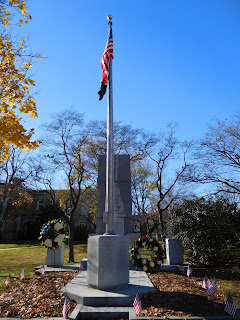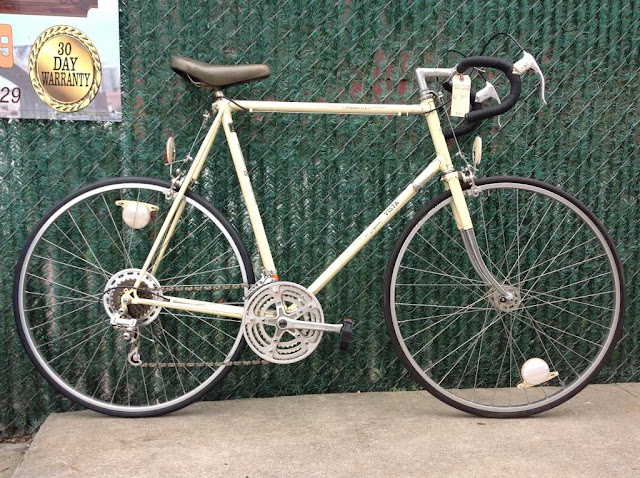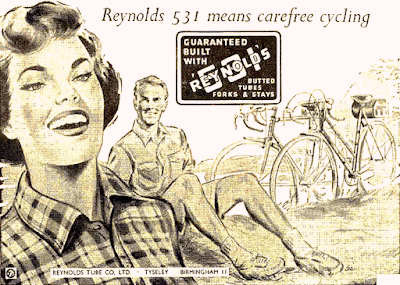I love Velo Orange. Chris, the proprietor, is friendly and helpful. (Plus, he's a Francophile!) So are the other VO employees with whom I've dealt. And I've been happy with their products: Apart from a bottle cage of theirs that broke (which might've been my fault), everything I've bought from them has served me well and looks great.
On their "Specials" page, I noticed something I've never before used.
Their "six pack rack" attaches to their front racks (of which I've used two, and currently use one) and, as the name implies, is designed to hold a six-pack of beer. As Velo Orange's site points out, it can also be used to tote a purse, a small camera bag, your lunch or other similarly-sized items.
Like most VO items, it's attractive. I imagine it does what it's designed to do. On the other hand, it highlights a crucial difference: between toting and delivering.
That is not to denigrate VO's six-pack rack. It's something you use to carry a six-pack or whatever home at the end of a ride on your retro- or retro-style bike. However, I don't imagine a delivery person would use it. And anyone who's delivering beer probably isn't toting the other things that fit into the six-pack rack.
No, if you are a liquor delivery person--or simply serious about hauling beer--this is what you need:
A liquor delivery bicycle. Hmm...Apart from the sign, what makes it different from other delivery bikes?
On their "Specials" page, I noticed something I've never before used.
Their "six pack rack" attaches to their front racks (of which I've used two, and currently use one) and, as the name implies, is designed to hold a six-pack of beer. As Velo Orange's site points out, it can also be used to tote a purse, a small camera bag, your lunch or other similarly-sized items.
Like most VO items, it's attractive. I imagine it does what it's designed to do. On the other hand, it highlights a crucial difference: between toting and delivering.
That is not to denigrate VO's six-pack rack. It's something you use to carry a six-pack or whatever home at the end of a ride on your retro- or retro-style bike. However, I don't imagine a delivery person would use it. And anyone who's delivering beer probably isn't toting the other things that fit into the six-pack rack.
No, if you are a liquor delivery person--or simply serious about hauling beer--this is what you need:
 |
| From Phyllis Ramsey on Pinterest. |
A liquor delivery bicycle. Hmm...Apart from the sign, what makes it different from other delivery bikes?

































